New considerations on THC content in hemp seed feed
While various regulatory bodies around the world are currently trying to establish safe and workable limits for THC levels in agricultural products and animal feed, the Federation of International Hemp Organisations (FIHO) has recently proposed new acceptable levels.
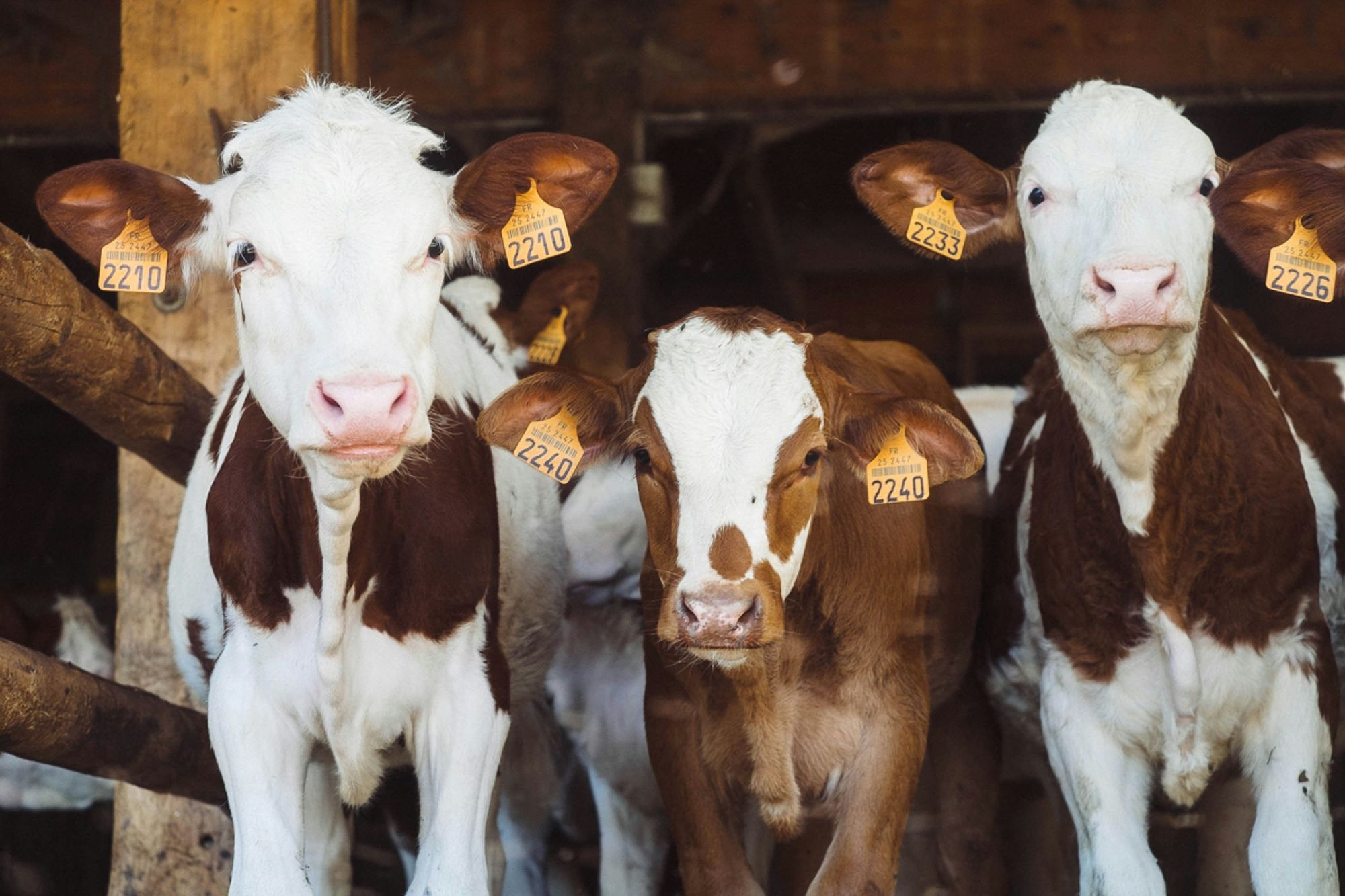
The Federation of International Hemp Organizations (FIHO) has recently positioned itself at the forefront of a global conversation about the acceptable levels of tetrahydrocannabinol (THC) in hemp-derived animal feed.
This discussion has taken on a new urgency as various regulatory bodies around the world, including those in the USA, Europe, and Canada, grapple with setting safe and practical thresholds for THC content in agricultural products.
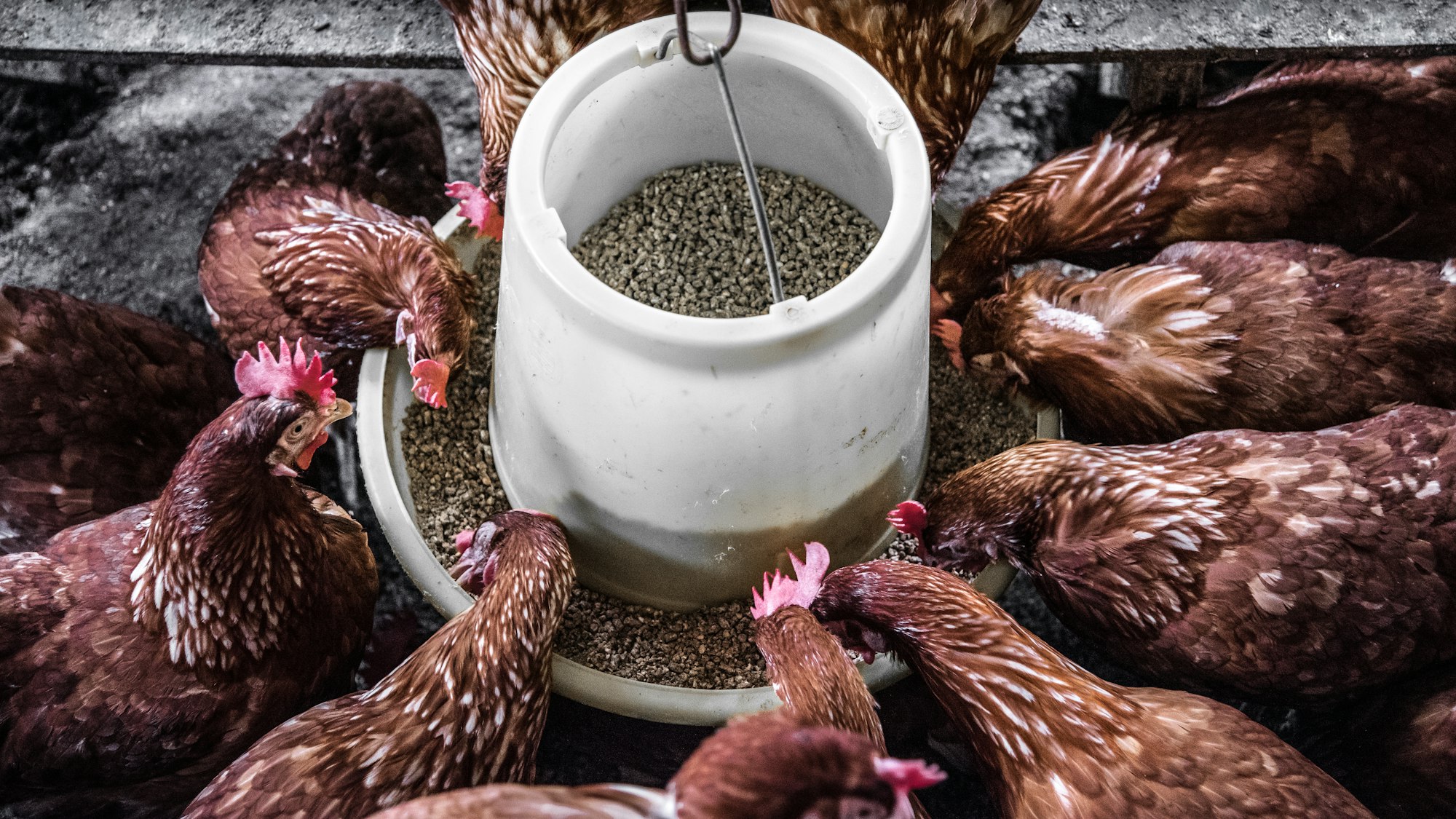
FIHO’s proposal sets a bold new threshold: 30 parts per million (ppm) of THC in hemp seeds used for livestock feed. This recommendation starkly contrasts with the much lower limits set by other regions: 5 ppm in Europe as advocated by the European Industrial Hemp Association (EIHA), 10 ppm in Canada, and an even more restrictive 2 ppm in the USA for hemp seed meal intended for egg-laying hens, recently endorsed by the American Association of Feed Control Officers (AAFCO).
The FIHO bases its recommendation on an extensive review of over 200 studies concerning the dietary impact of hemp seeds on livestock. Their analysis, rooted in credible publications and laboratory tests, aims to bridge the gap between agricultural practices and food safety, ensuring that the transition from farm to table respects both animal welfare and human health.

According to FIHO, the overarching conclusion is reassuring: hemp seeds and their byproducts are well-tolerated by livestock and pose no risk to animal health. Furthermore, the possibility of THC or CBD—a non-psychoactive cannabinoid—entering the human food chain through the consumption of animal products is deemed unlikely. This assertion challenges more conservative regulatory approaches, advocating for a reevaluation based on scientific evidence rather than precautionary speculation.
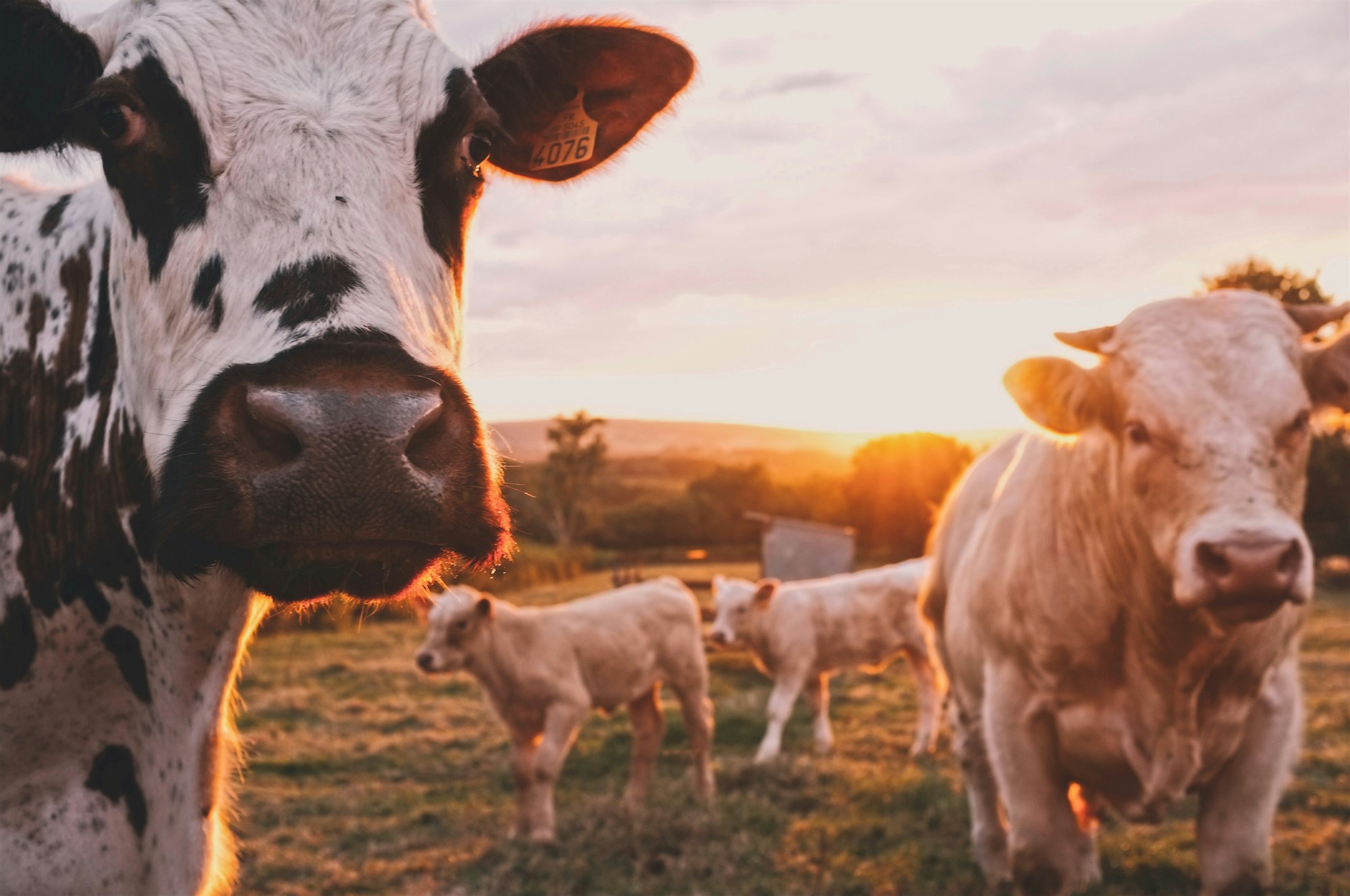
Cannabinoid residues
FIHO's position paper addresses the specifics of cannabinoid residues, focusing in particular on the nature of THC-A, the precursor of the more active delta-9 THC, which is the only cannabinoid with poisoning potential when this compound is present in concentrated form. THC-A, which is found on the outer shell of hemp seeds, requires high temperatures to convert to delta-9 THC – a conversion that is not possible during normal feed processing or in the digestive tract of animals. This detail emphasises the minimal risk posed by the traces present in hemp seeds.
Moreover, the FIHO argues against setting regulatory limits for CBD content in animal feed, which is also derived from hemp seeds and seed byproducts. Their reasoning highlights the inherent minimal presence of these compounds, which is further diluted when incorporated into animal feed mixtures at rates of 1-30%. The bioavailability of THC and CBD from these feeds to livestock is minimal, with only 9-12% of the contained cannabinoids being absorbed by the animals, further mitigating any potential risks.
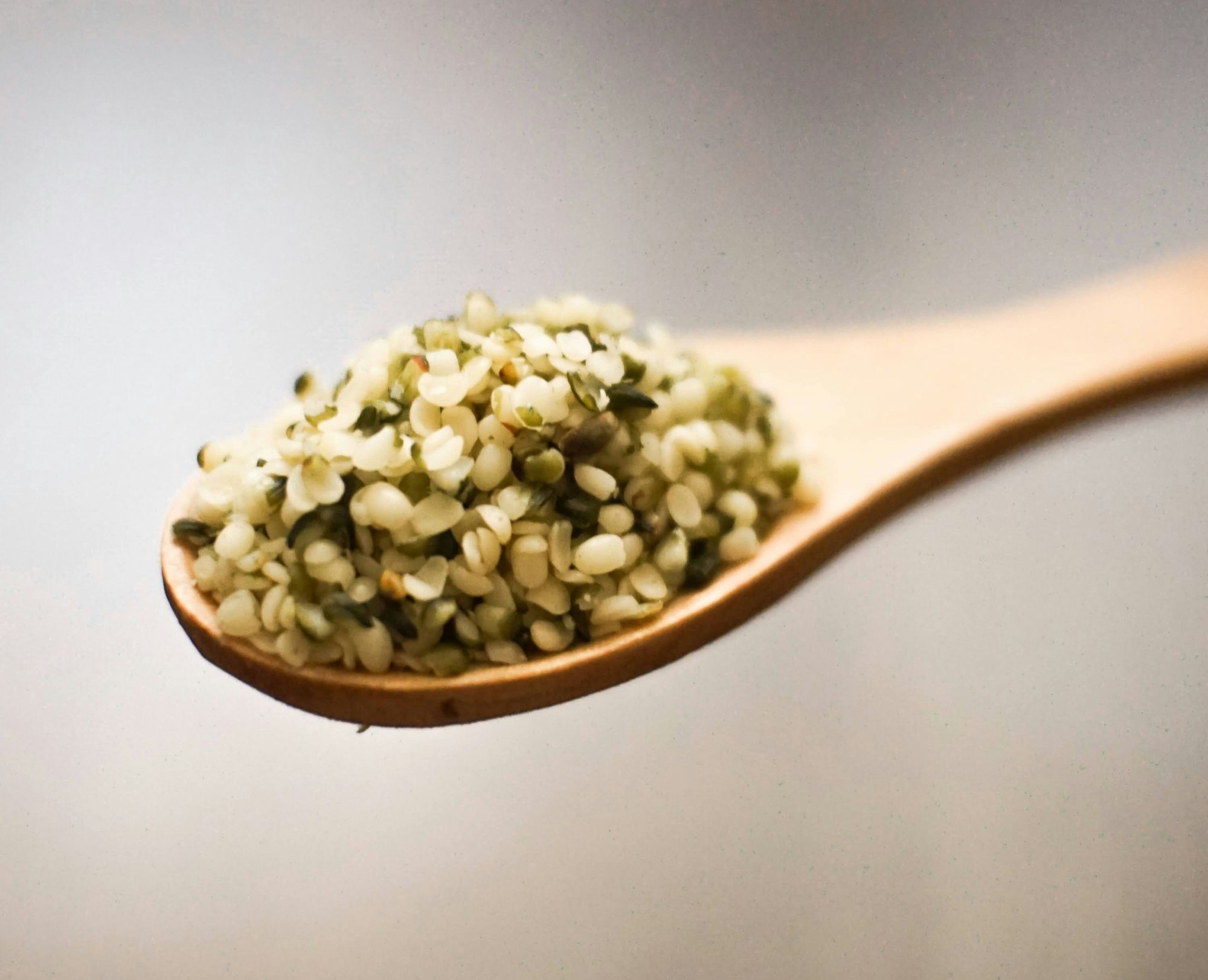
Effects on global regulations
The FIHO’s recommendations could significantly influence international regulatory policies on hemp and its byproducts in animal feed. If adopted, higher THC thresholds could ease the production and distribution processes for hemp-based feeds, potentially benefiting farmers and producers with a more lenient regulatory environment.
However, the proposal also invites scrutiny and necessitates a careful balance between innovation and safety. Regulators will need to consider the local agricultural contexts, existing safety data, and the broader implications for food safety standards. The dialogue initiated by FIHO is crucial in fostering a globally coherent approach to cannabis regulation in agriculture—one that is informed by science and attuned to the practicalities of modern farming and food production.
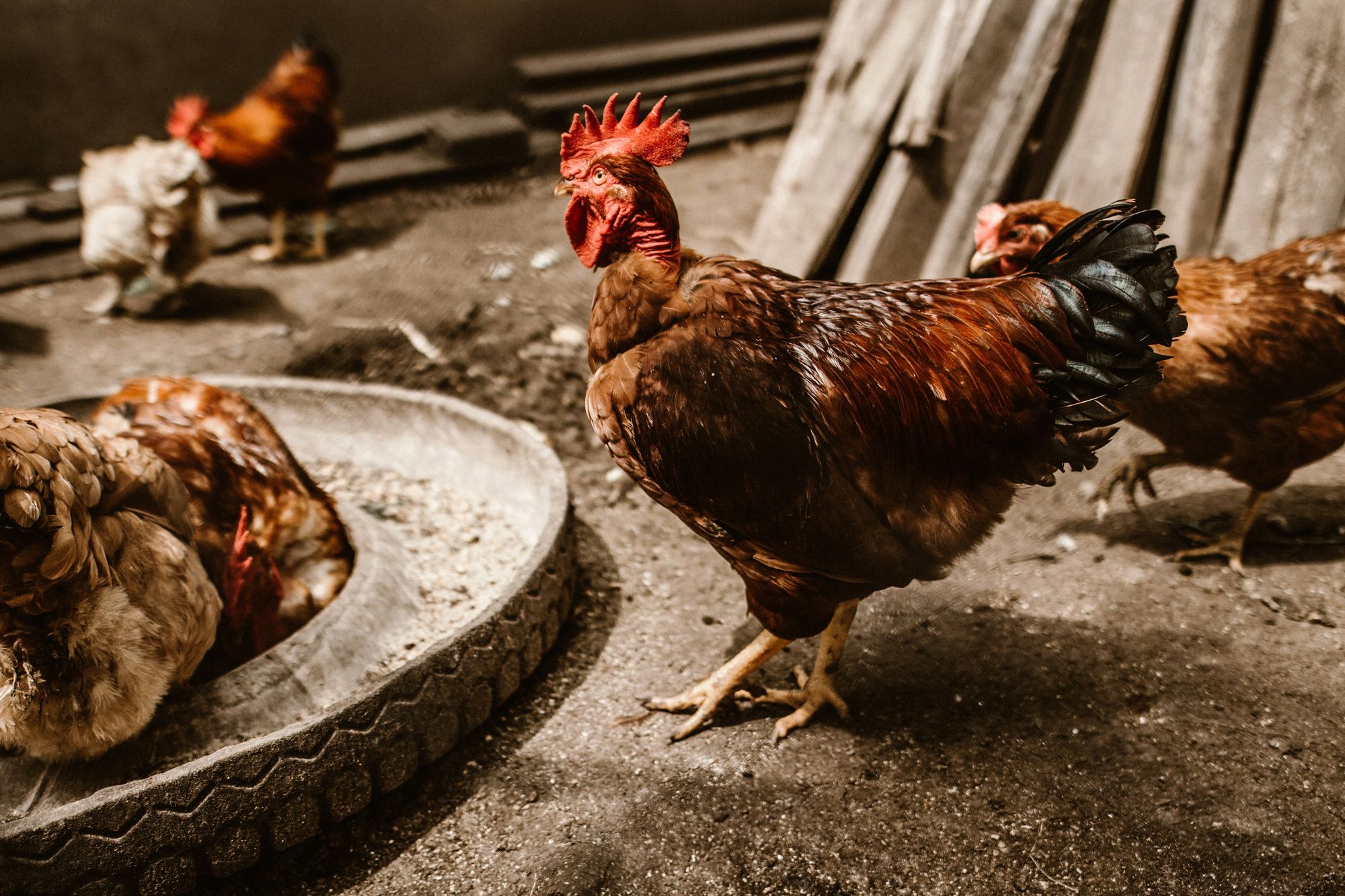
In conclusion, as nations evaluate their positions on hemp in animal feed, the information presented by FIHO could serve as a cornerstone for future regulatory decisions, promoting a broader acceptance of hemp products while ensuring that consumer safety remains a priority.
The ongoing research and discussions will likely continue to shape the landscape of cannabis regulation in the agricultural sector, underscoring the need for an adaptable, evidence-based approach to policy making in this rapidly evolving field.

